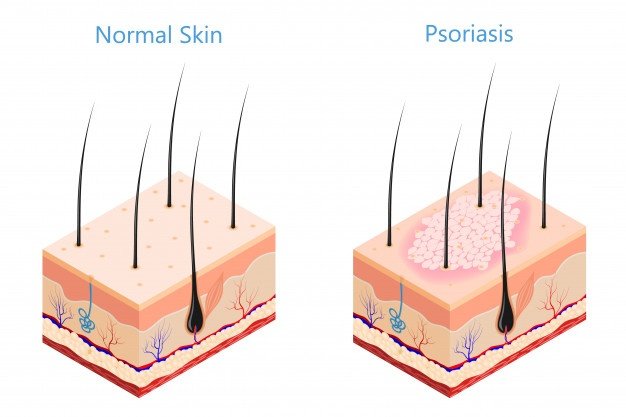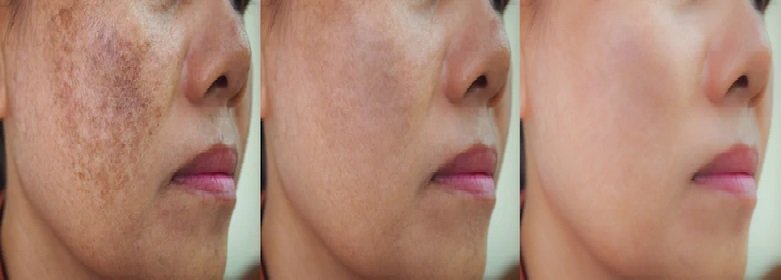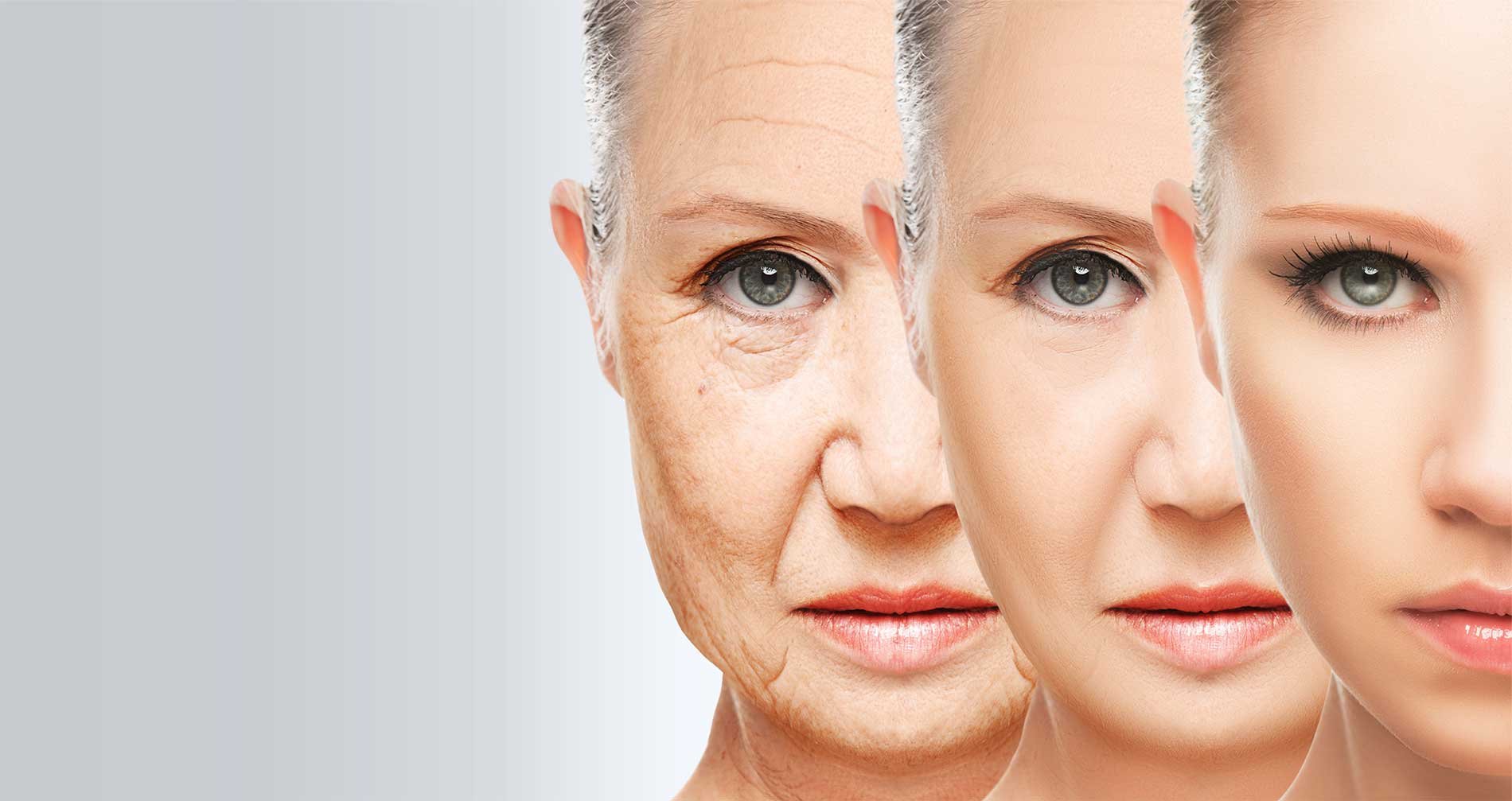Overview
Even minor skin infections can develop into something more serious if treatment is delayed. Recognition and early intervention are the keys to limiting complications and slowing the spread. This guide provides practical, effective, evidence-based strategies for treating common skin infections at home, as well as signs that indicate when medical attention is needed.
Common Skin Infections
Impetigo, a common bacterial infection mainly seen in children, is usually caused by Staphylococcus aureus or Streptococcus pyogenes that infiltrate the skin through sores or hair follicles (the tiny tubes that pin the hairs down to the skin). Fungal infections, such as athlete's foot (tinea pedis) and ringworm (tinea corporis), occur in warm, moist areas. Skin-affecting Viral Infections: cold sores (herpes simplex) and warts (human papillomavirus). Identifying the cause helps in proper treatment.
The Role of Topical Therapy in Early Intervention
Early initiation of relevant topical agents can further help stop the progression of infection:
Antibacterial Creams And Ointments
At the first sign of erythema and pustules, the application of a broad-spectrum topical antibiotic can help avert bacterial colonisation. Products like fourderm cream combine neomycin, gramicidin and nystatin together to target both bacteria and yeast, and are helpful in mixed infections or moist areas.
Antifungal Agents
For dry, itchy, scaly spots on the feet, groin or body: apply an azole cream (e.g., clotrimazole, miconazole) on the affected area twice a day. The application in early stages reduces the spore load and prevents it from spreading to other body sites or through close contact.
Antiviral Topicals
Applying an antiviral cream, such as aciclovir, will reduce healing time and decrease viral shedding.
General Principles of Effective Treatment
- Clean: Gently wash with a mild soap and water to clear debris, and pat with a clean towel until dry.
- Use Thin Layers: A thin layer of cream or ointment penetrates better and is less irritating.
- Continue Once/Apply: Use as directed by the product instructions, usually once or twice a day for antibacterial or antifungal creams, leave it on until two days after the condition is visibly resolved.
Over-occlusion should be avoided; infected areas require air. Breathable dressings can be used for non-tender fingertip lesions or spaces. Small lesions should be uncovered if possible.
When to opt for Oral Medications
Other infections demand systemic treatment to penetrate deeper tissues:
Systemic antivirals (happens under physician supervision) like valaciclovir for severe viral outbreaks in immunocompromised patients
Supportive Measures
Keep the Area Dry and Cool
Bacteria and molds flourish in moist environments. Wear clean socks every day, dress in loose-fitting innerwear and dust them with talcum-free dusting powder (to reduce friction and moisture).
Promote Skin Barrier Repair
Once the infection has resolved, use a non-irritating, fragrance-free moisturiser to help re-establish the skin barrier.
Practice Good Hygiene
- Before touching any lesion, wash your hands, and after touching any lesions.
- Wash towels, bed linens, and clothing in hot water to kill germs.
- Do not share razor blades, stockings or footwear.
Preventing Spread to Others
A number of skin-related diseases are infectious. To minimise transmission:
- Wear breathable dressings over the lesions
- Avoid close physical contact like sharing sports gear until treatment has begun and symptoms have subsided.
- Inform family or housemates on hygiene and indicators of infection.
Recognising Warning Signs
You should seek medical attention if you see:
- Redness, warmth or swelling that spreads beyond the area of infection.
- Acute pain or tenderness.
- Fever, chills, or malaise, systemic symptoms.
- Persistent pus drainage after topical therapy at 48 hours
- Recurrent infections in the same area suggest a more systemic problem.
Topical Therapies: Recent Advances
- New formulations for the treatment of mixed-aetiology infections that incorporate distinct mechanisms of action through the combination of antibacterial, antifungal, and anti-inflammatory drugs in single products.
- Liposome and nanoemulsion-based topical preparations enhance medication penetration and may help reduce the frequency of dosing.
- Natural Adjuncts: Antimicrobial agents (e.g. tea tree oil, honey) may have activity but should be used in addition to, not in place of, licensed therapies.
Conclusion
Timely treatment of skin infections is crucial to prevent complications, curb the spread and hasten healing. First, start with the topical agents (for example, fourderm cream for the mixed bacterial and fungal infections), and continue the hygiene and supportive treatment. In the case of chronic or severe cases, systemic therapy and professional evaluation are crucial. However, with due vigilance and complementary actions, you can prevent these minor infections from developing into significant skin problems. For continued protection and recovery assistance, there are more advanced formulations, i.e. quard cream last, which ensures antimicrobial coverage in one application.







